Say Hello!
Sign In
- Trekking Tips
Things to note before choosing a trek
You?ve recently decided to go for trek and are super excited about it. You look for prices, find the best package and Viola! All that?s left now is the packing and scaling the mountain of your dreams. That?s how you think it is going to be. But choosing a trek is much more complex than that. And scaling one is even more difficult than it seems. Therefore, here is a curated list of the top essential things to note down before you go for a trek.
Research about the trek and about the company you are going with:
This is the first and the major area to consider before choosing the voyage of your dreams. This research isn?t just looking at one trekking site and deciding whether to go or not, it is about looking at multiple websites, searching for the same trek, or the treks you?ve shortlisted so far. Make sure you are familiar with the location, or can at least find various links and map locations for it. Also make sure the website you are surfing on is a verified and ethical site, which organizes actual treks. Check the company on different social media platforms, where you can actually gauge the fact if they are real or not. And this is not meant to scare you off, but make you aware of the unethical websites floating around the internet.
The altitude and Difficulty:
Irrespective of being a beginner or a professional, height is something everybody wants to note down. After all, you are going to stand at this height after completing the summit, so read about the trek and its maximum altitude, figure out if you are ready and fit enough to climb what height, for how many days can you like the camp life and camp food. Altitude is everything, because everything changes with height in the mountains, from rocky terrain to snow covering the whole area like a blanket, this is how extreme and unpredictable the mountains are. Also, make a note of the difficulty level the trek you choose brings with it. If you are a beginner, never skip the easy treks and jump to the moderate or even worse, the challenging treks. You ought to have knowledge about how to walk, act and take care of yourself and others around you when you plan to scale the difficult peaks.
Fitness:
This is the most important factor to check before going on a trek, as your fitness is what you will depend on for most of the time. It is your body which will carry you all the way to the top of the peak and carry your backpack along with you. So, taking care of the body and preparing it for the trek is very important. What is considered an ideal fitness method is that you have the correct BMI which can easily be calculated through apps and websites, where you mention your weight and height, it will calculate a proportional body weight for you and if you are under the normal category, then half your work is done, however, if you fall in the underweight or overweight category, then it is advisable to correct your BMI and then plan about trekking; this is necessary for your own health and safety. Once you are under the normal BMI category you can easily start preparing 2 months prior to your trek. And work on your stamina, strength, and endurance.
Note the temperature:
It is understood that if you are going for trekking, the temperature will decrease as you ascend further towards the peak. But this is only half the information, you should ensure from your side that you know the exact numbers so that you prepare in advance.
Many a time, people pack extra thermals, and extremely heavy thermals, because they aren?t aware of the fact that temperatures touch as high as 22 degrees on some areas, and this is when you feel like wearing a simple full sleeves t-shirt or a half sleeves for some, and nights can go as low as -5 in some cases, so you need proper protection in that case as well, so make sure you note down the temperature and pack accordingly.
Buying the right shoes:
Believe it or not trekking shoes are the most important factor to make sure you have a smooth and blister-free trek, because your only fuel here is your feet. There is a wide range of shoes available according to your needs and the price ranges from 3,000 INR to 30,000 INR. The various materials from which these shoes are made from suede, leather, Gore-tex (GTX) or Nova Dry and synthetic, all provide for premium support and comfort. During trekking, you are prone to twist your ankle or lose balance while climbing, here these shoes provide you with grip and help you endure your energy.
Inform a close friend/family about the trek:
Be sure you have informed someone from your family or friends of your whereabouts, because once you leave for the trek, there will always be a problem of mobile connectivity, in some areas, you may not even get a signal at all, which will cut you off to complete isolation, only satellite communication is possible in this case, so it is recommended you inform about your itinerary to the closest family member/friend and then proceed with the trek.
Make sure you can afford all the proper equipment:
Trekking is a little expensive sport because you aren?t just paying for the trek, but also the numerous equipment necessary to traverse elevations and different weather conditions. There are layers, proper shoes, caps, gloves, trekking sticks, first aid kit, headlight, and the list goes on. You have to acquire all these materials to have a safe and successful journey and there is also an option of hiring them, but either of those requires money, which is mostly excluded from the trekking package. So, make sure you have a budget, or start saving!
Learn about the local languages used:
For people who have limited language knowledge or who plan to visit from abroad, must make sure that they are aware of what languages are spoken by the locals. In the Himalayas Hindi, Nepali, etc are spoken, and a huge chunk of locals also converse in English if they have to, but make sure from your behalf to learn about the local culture, language and food before actually venturing into the slopes. In cases of emergency, you will be surprised how a couple of words can be a big help because we are functioning on the sole basis of communication.
Mobile signal and communications:
It is understood that mobiles will automatically have no services available as you submerge into the wild. Treks after a point of time are pretty isolating and in remote locations, where you will not find many towers, except BSNL an Indian telecommunications company known for its connectivity in remotest areas of India to connect these areas to the rest of the world. But still, towers exist as long as people do, after climbing great base camps, you will find yourself completely cut off from the world, and so make sure you inform your family/friends/office so that they don?t have to worry unnecessarily. Although there is communication possible through satellite, it is, however, used only in emergencies.

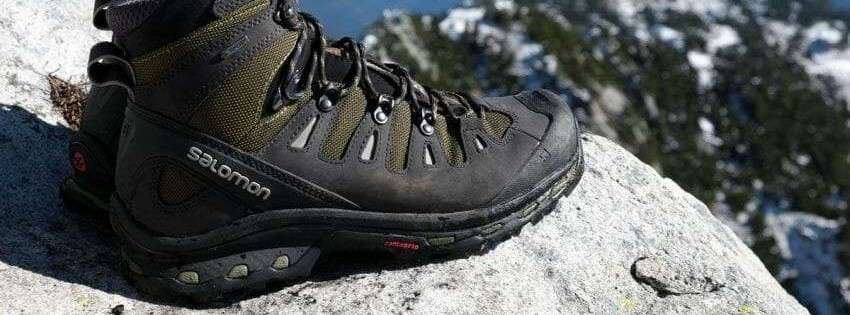
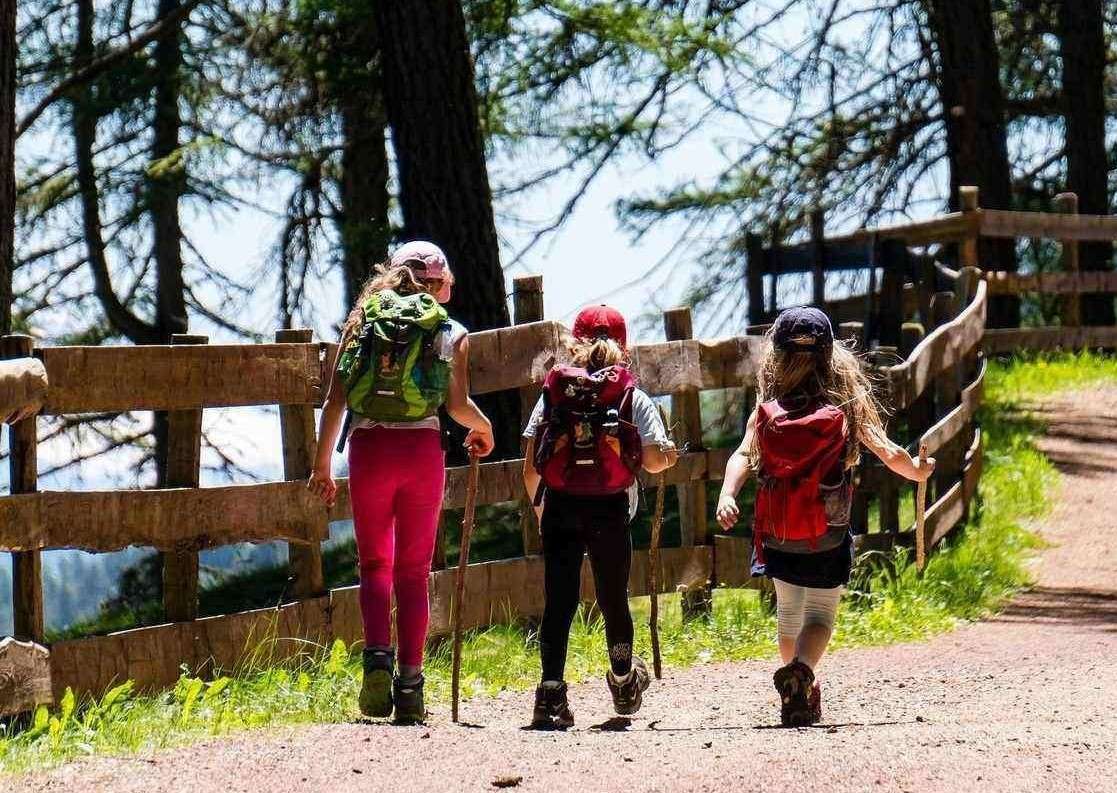
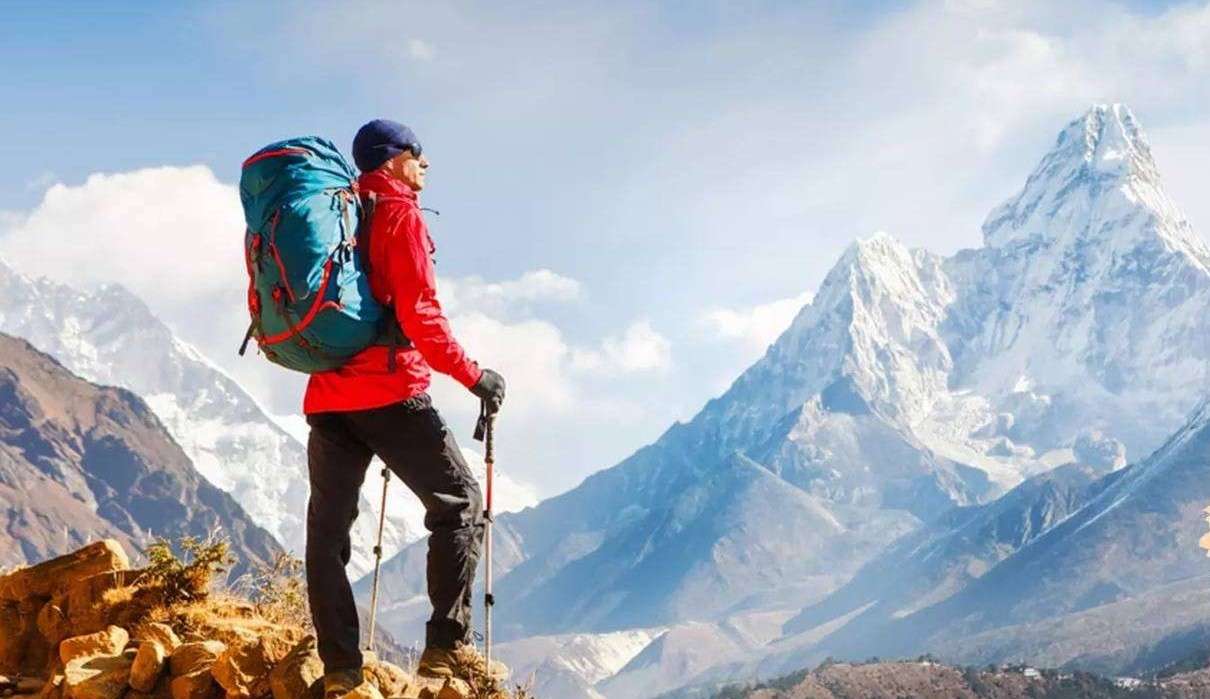
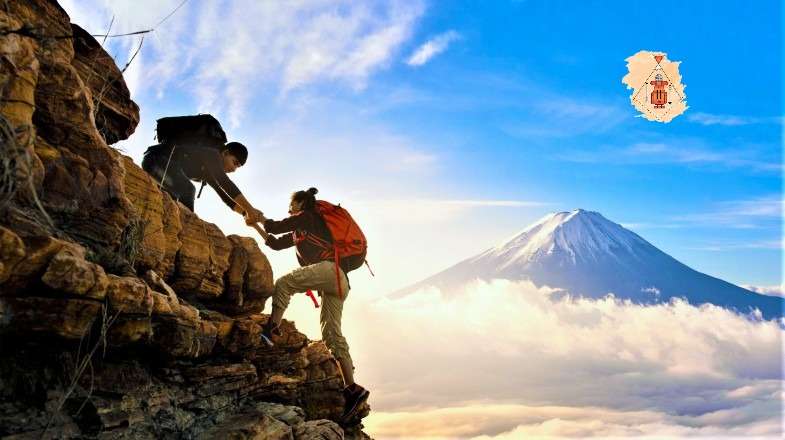
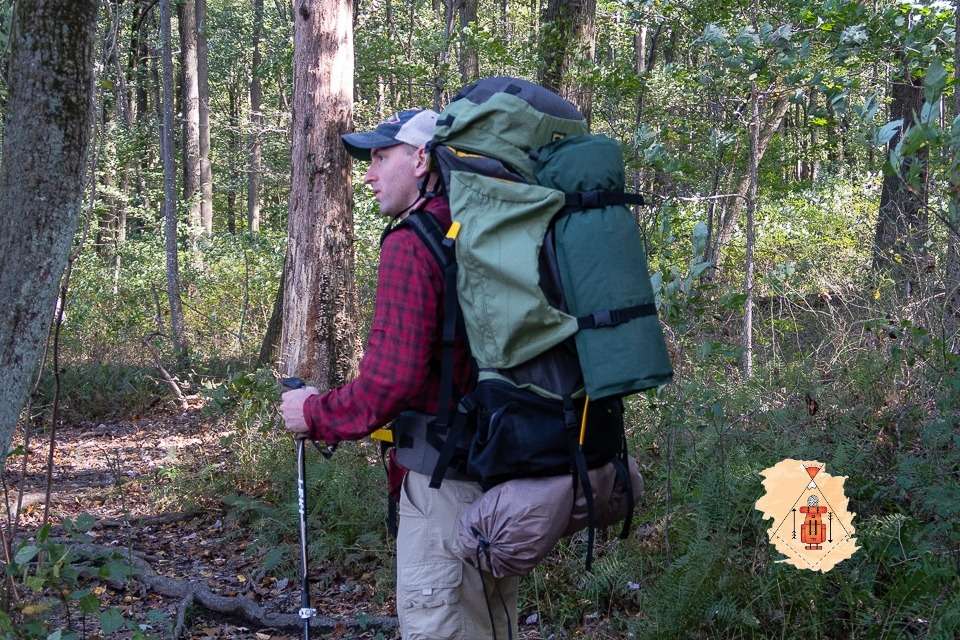
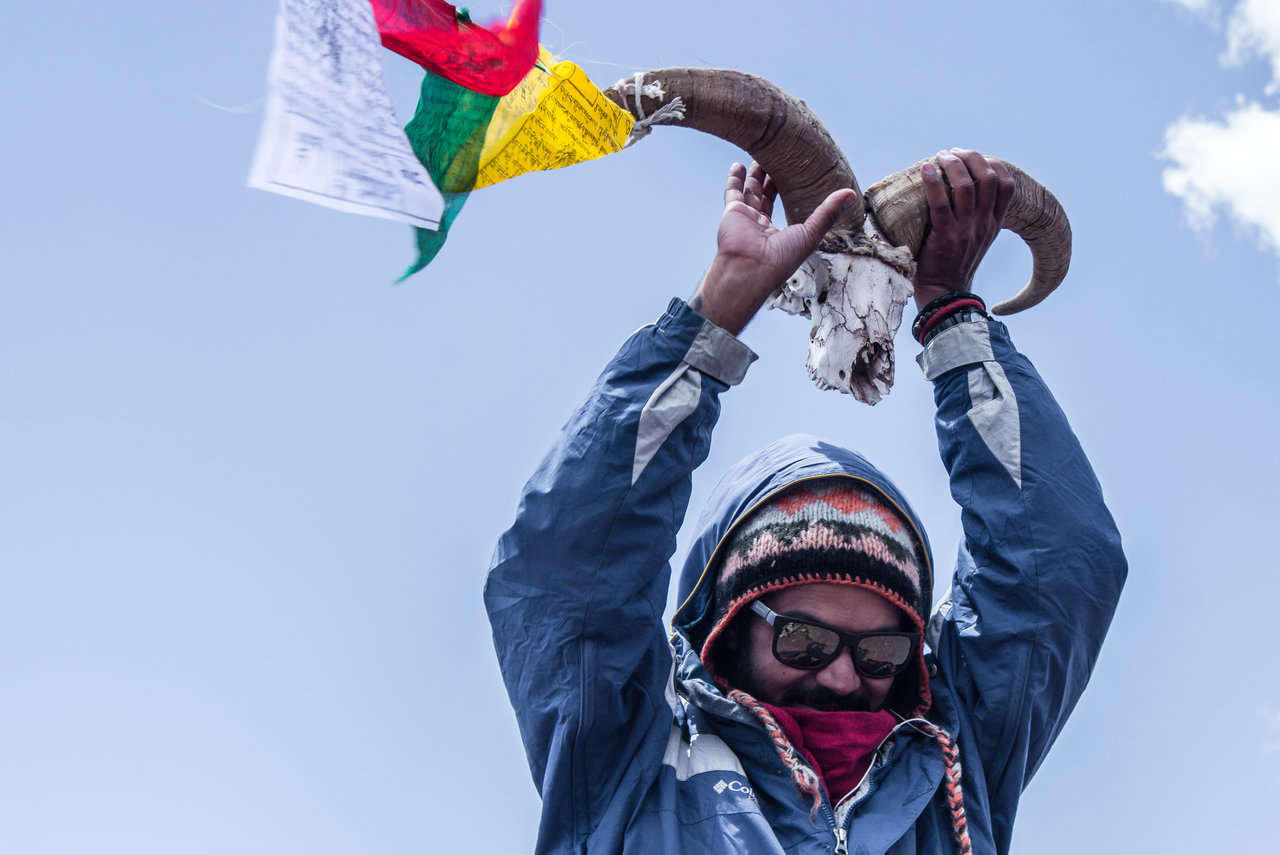
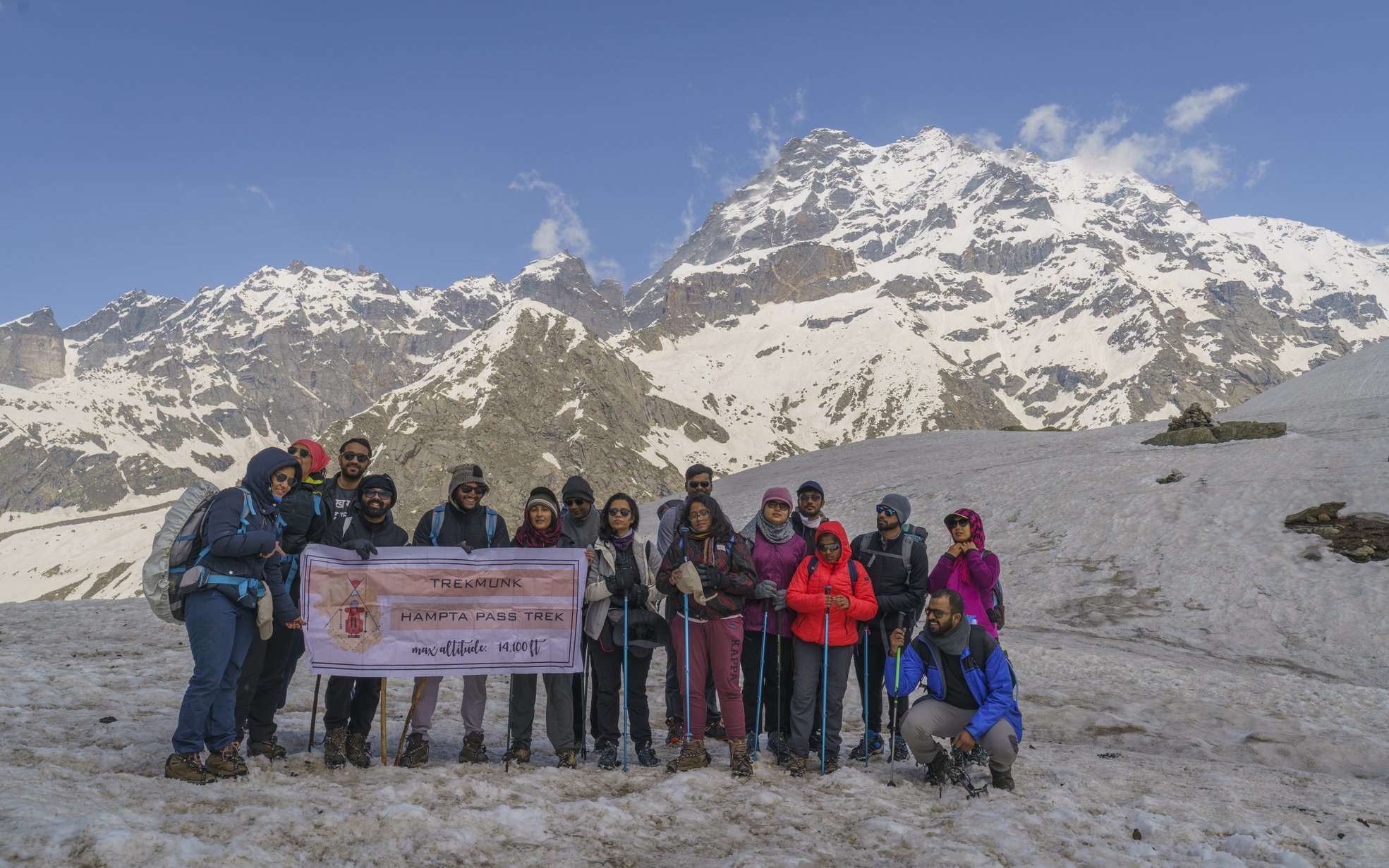
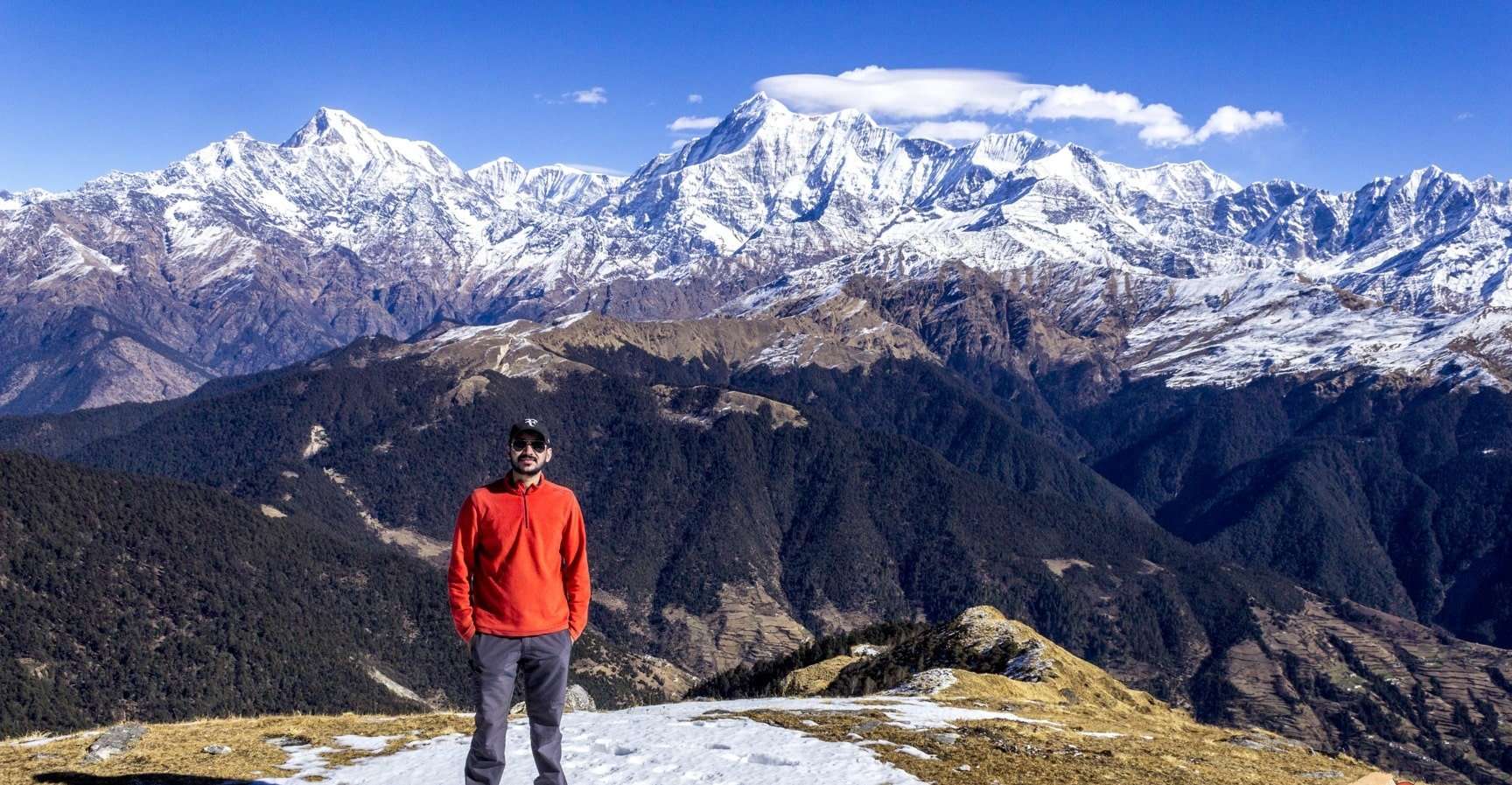
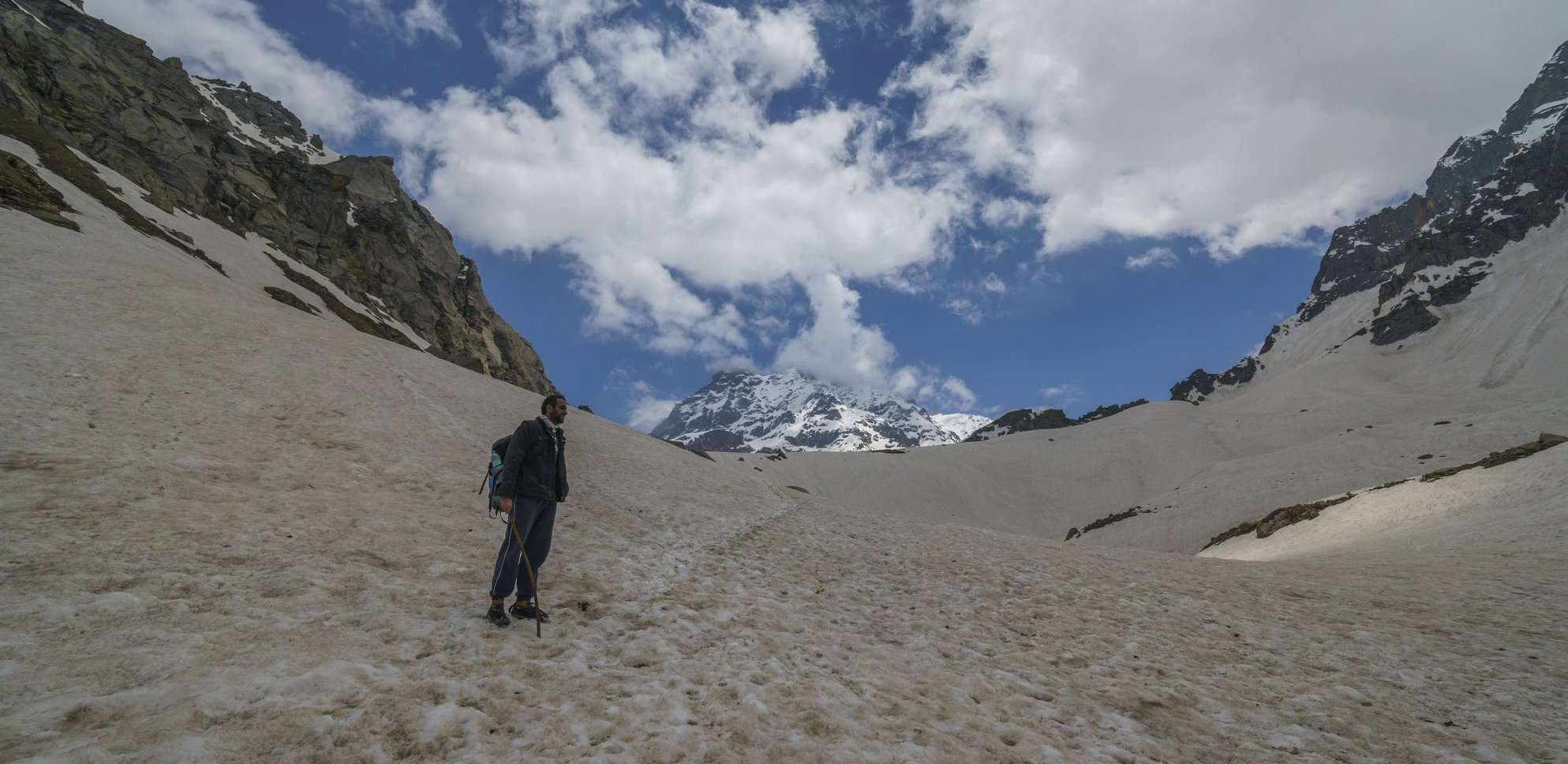
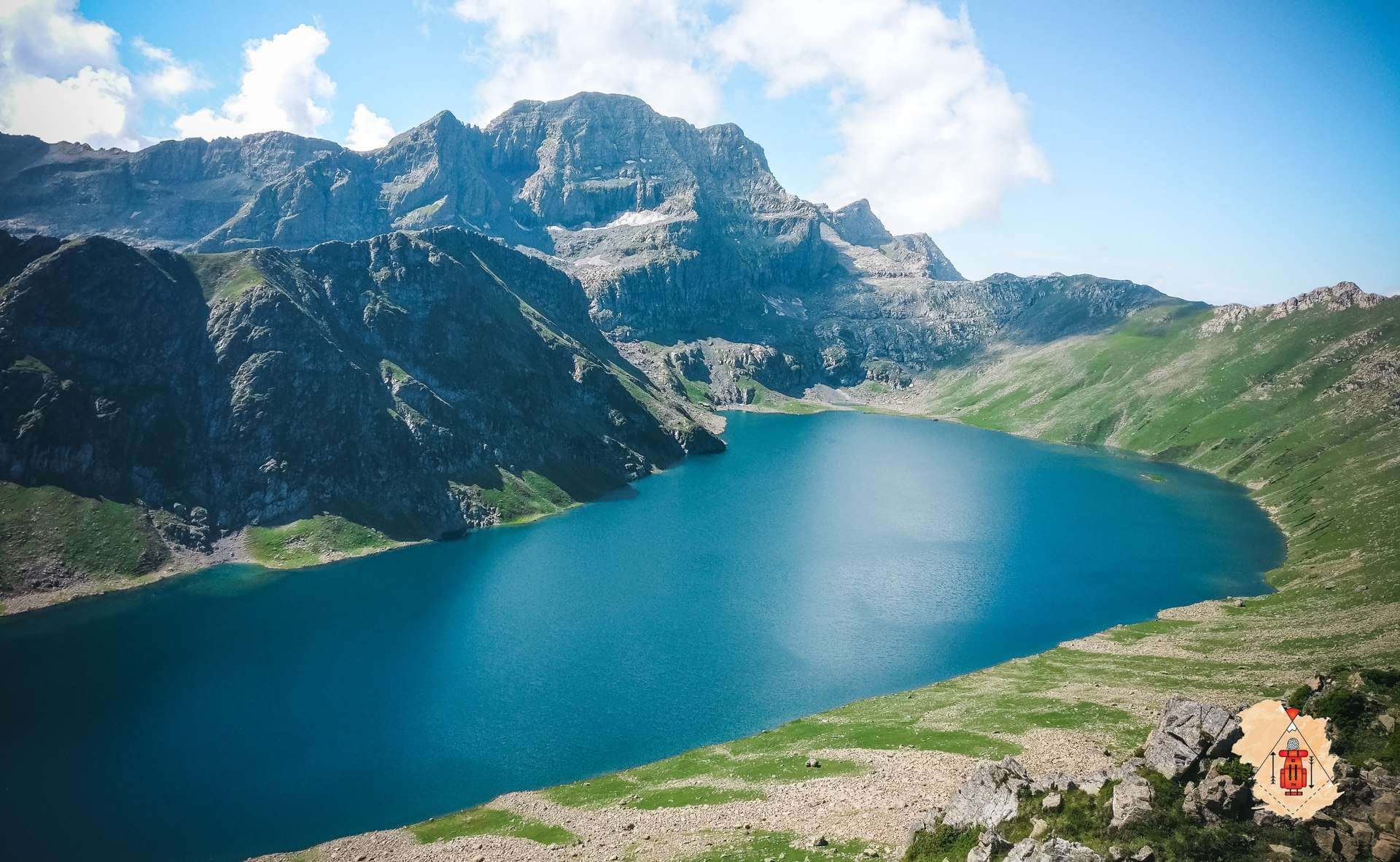
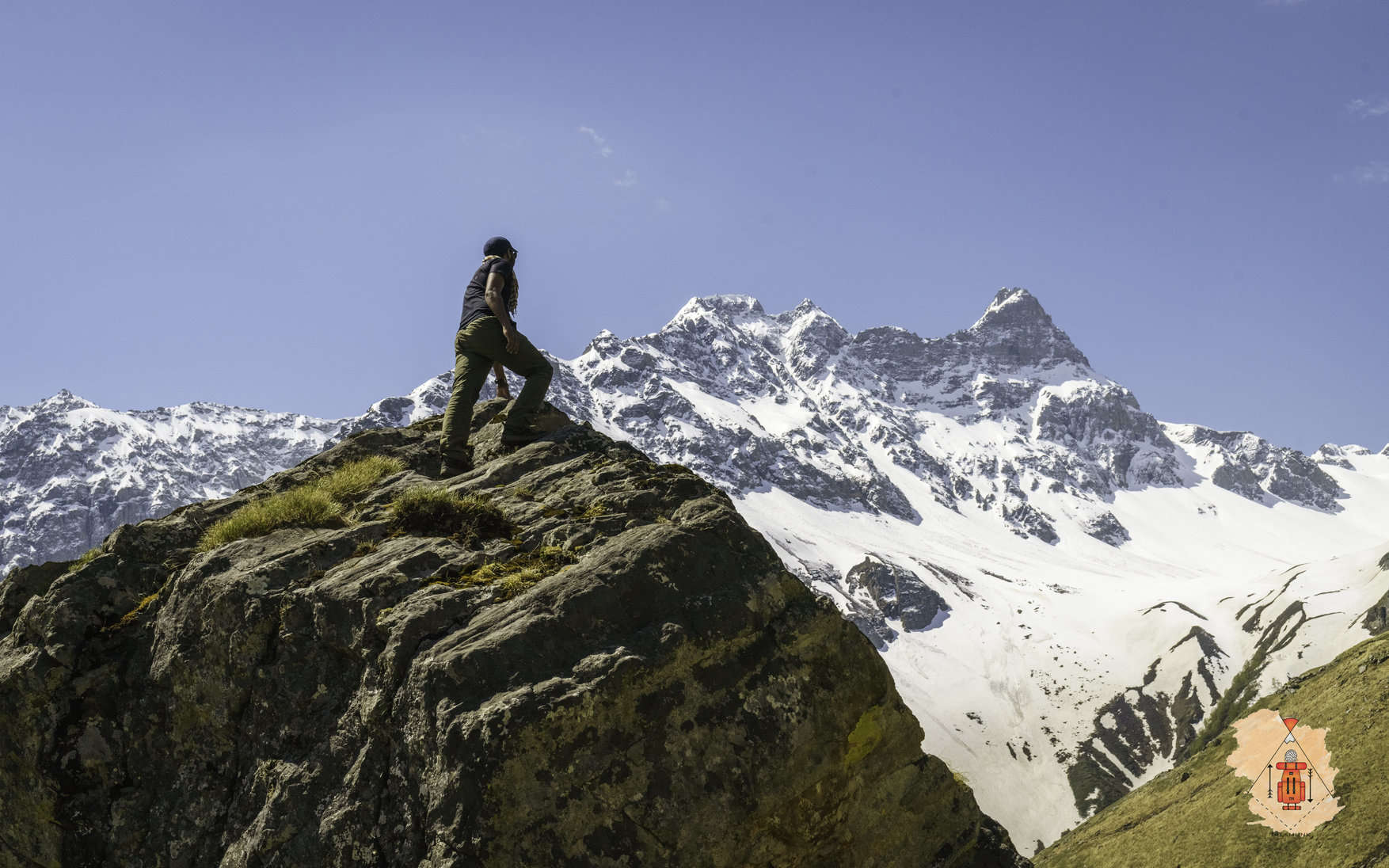
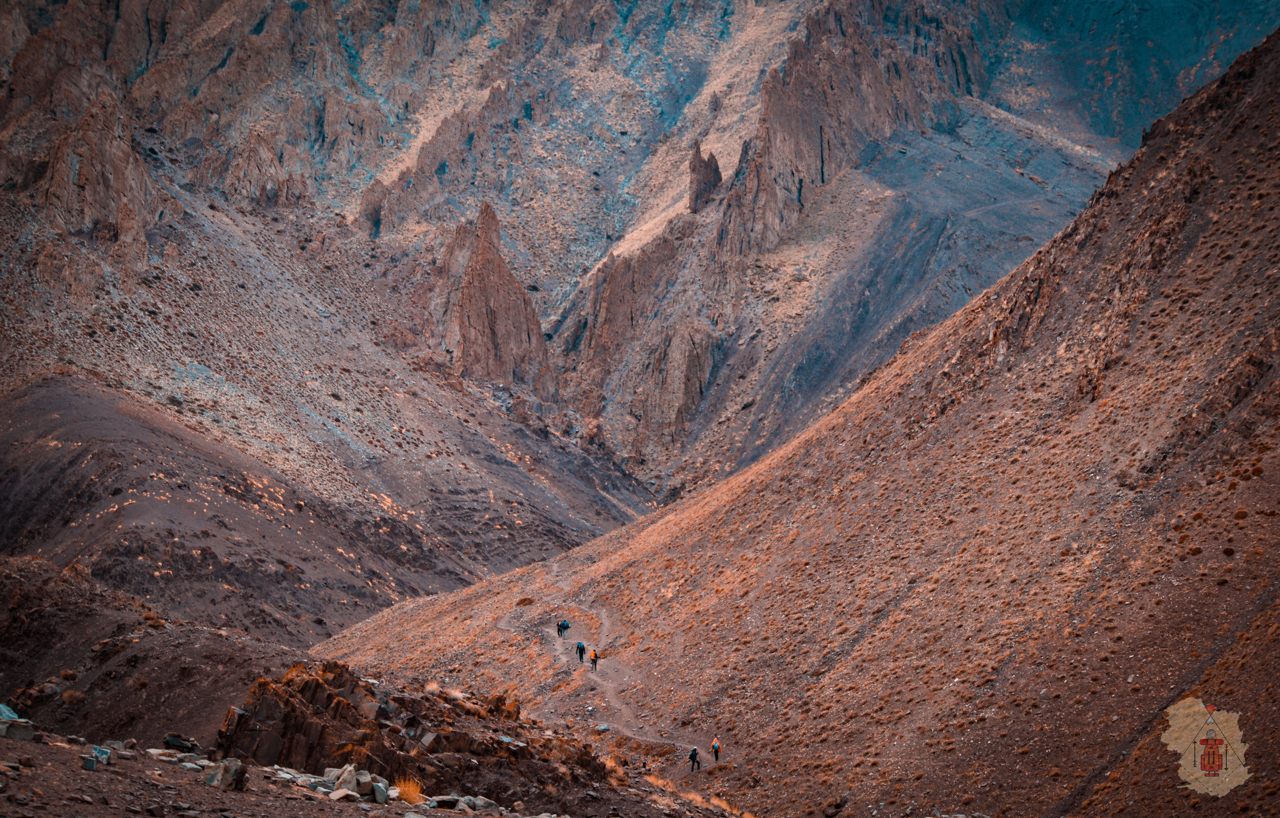
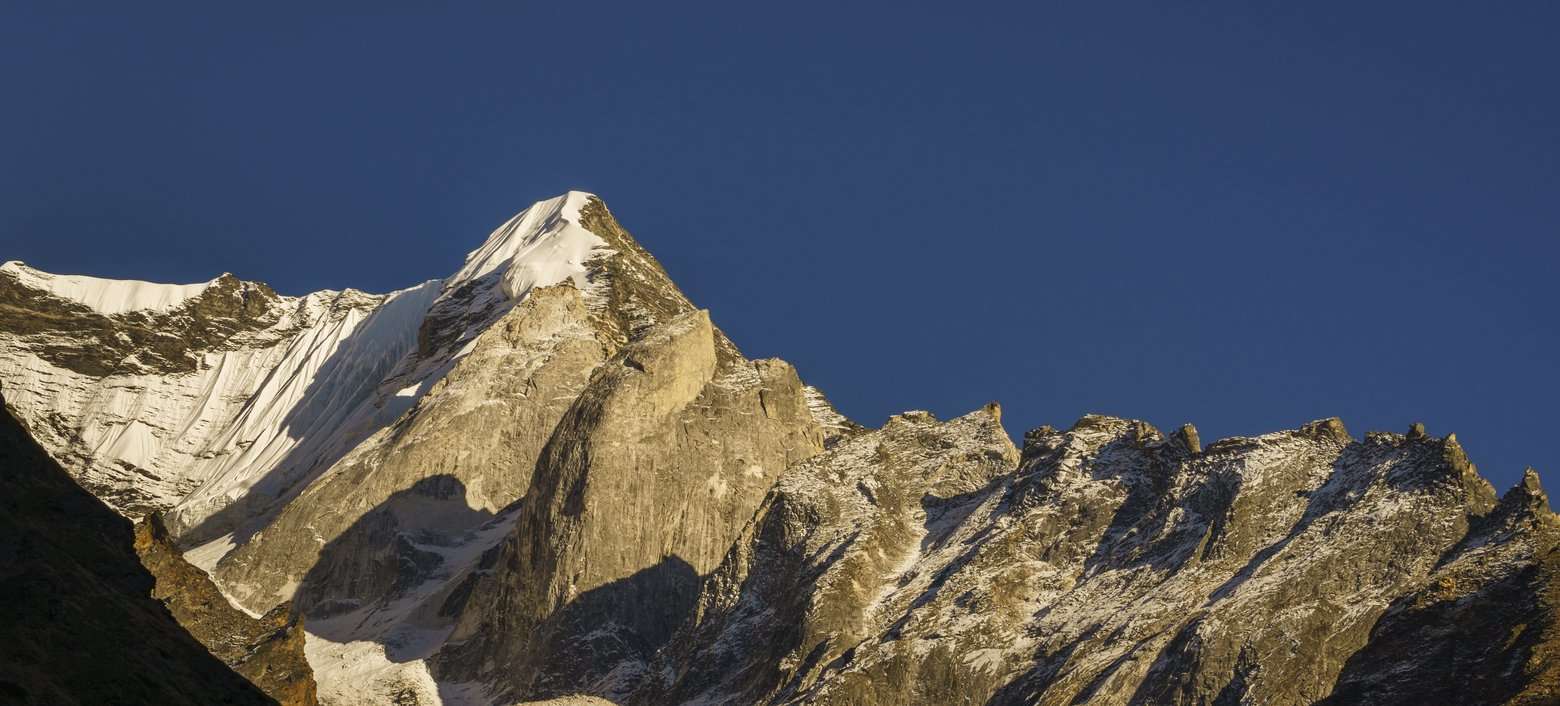
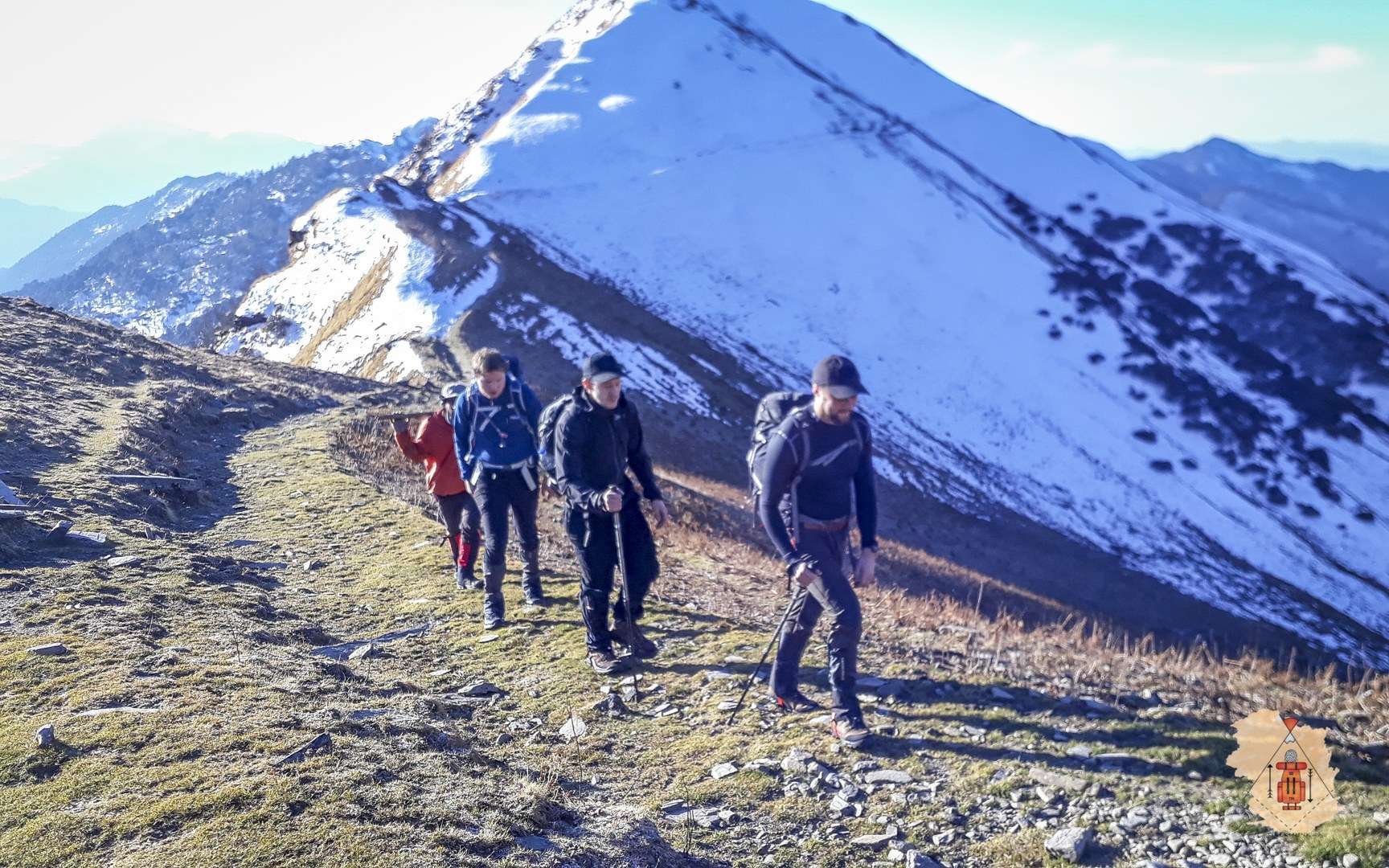
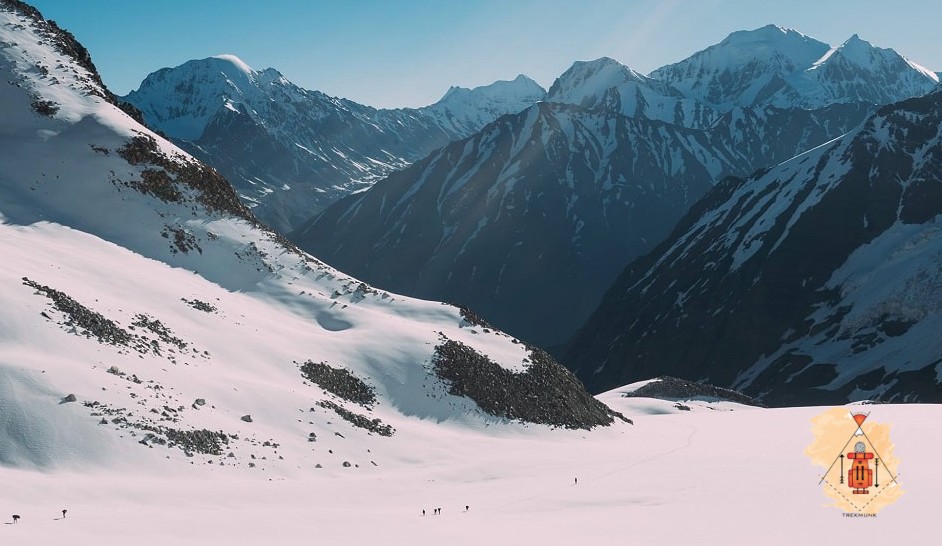
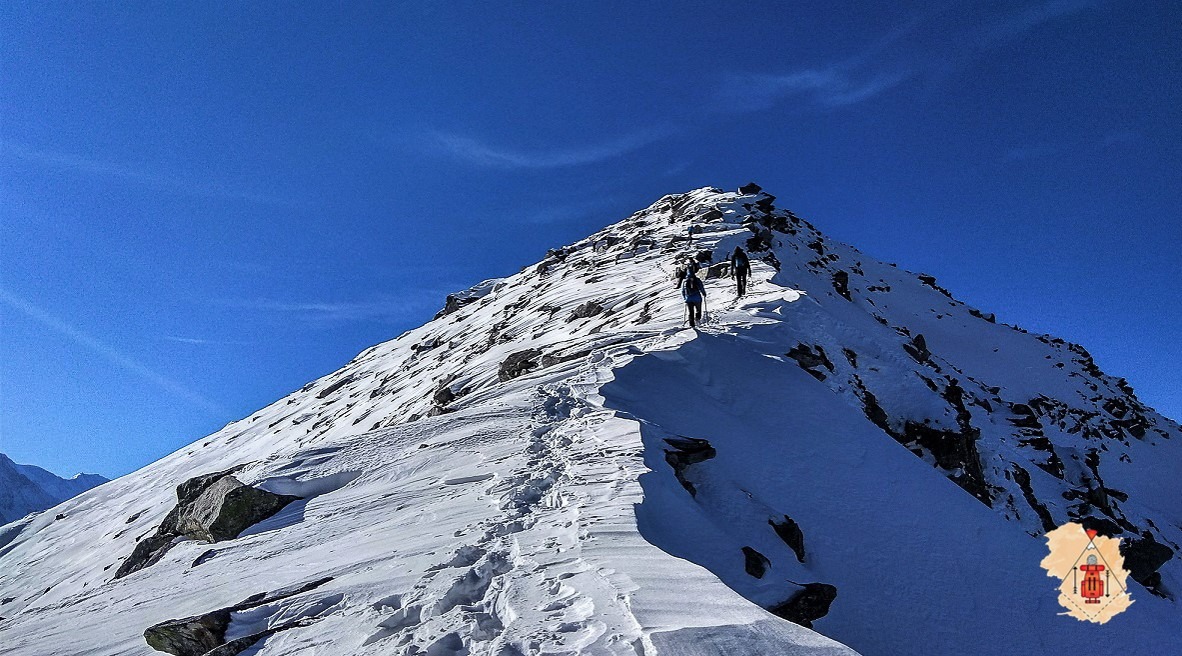
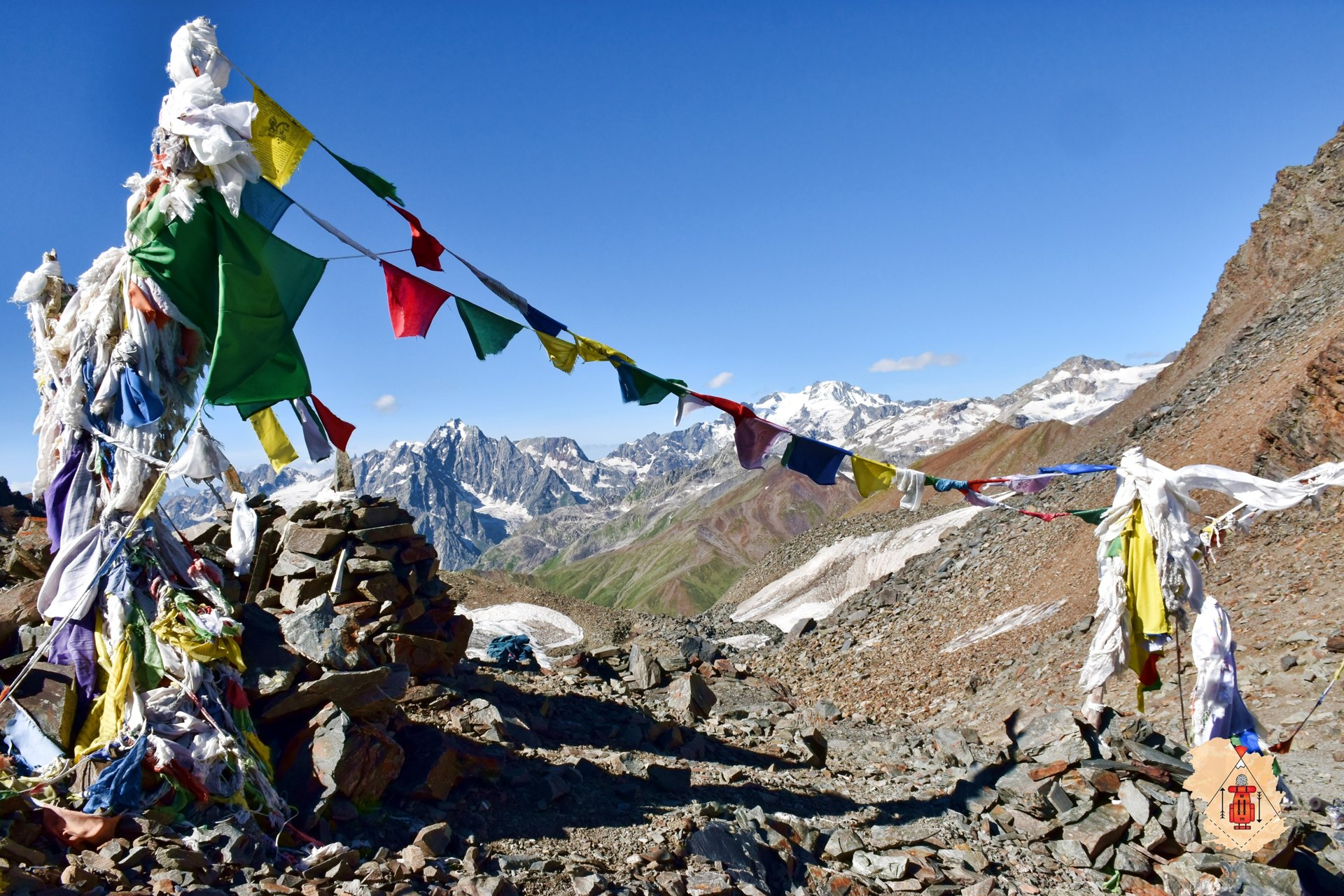

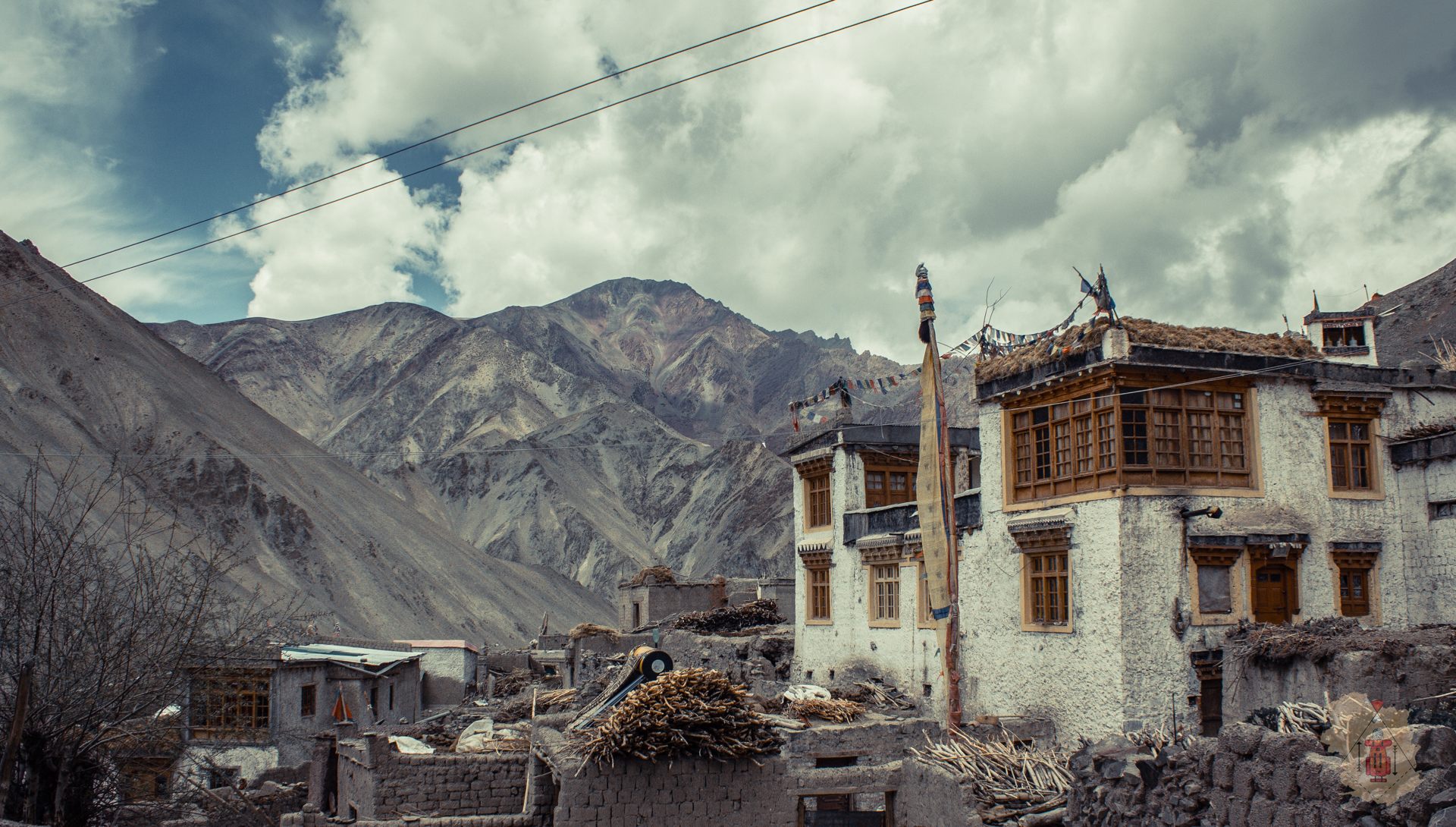
Harshit Patel : Co-Founder at Trekmunk. A certified Mountaineer, Skiier, has led more than 50 high altitude treks in the Indian Himalayas. He is an Engineer by profession but a traveler by passion. He has led treks in Kashmir, Ladakh, Uttarakhand, Himachal Pradesh, West Bengal, Sikkim and Nepal. He is a NOLS certified First Aid Responder and has covered 185,000+ km on Motorcycle. A Poet, Drone Pilot and Videographer at Insane Traveller Productions.